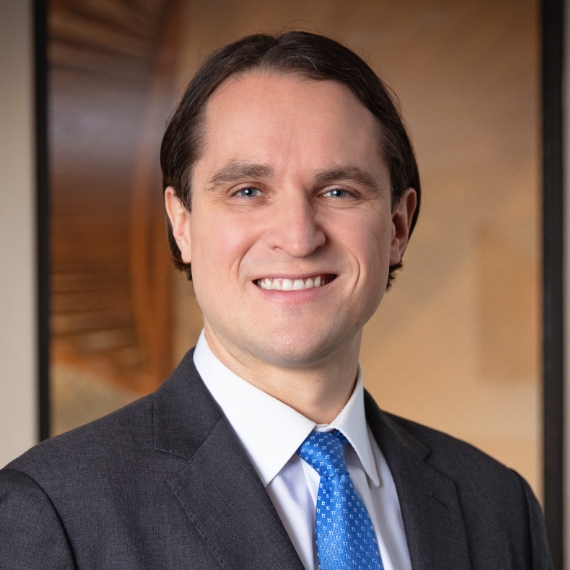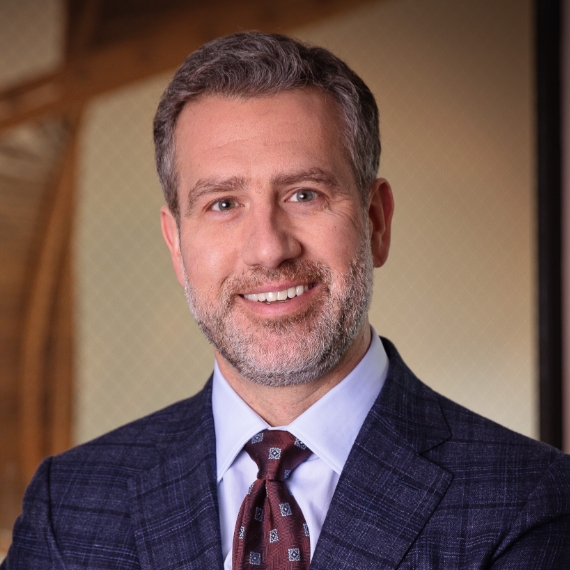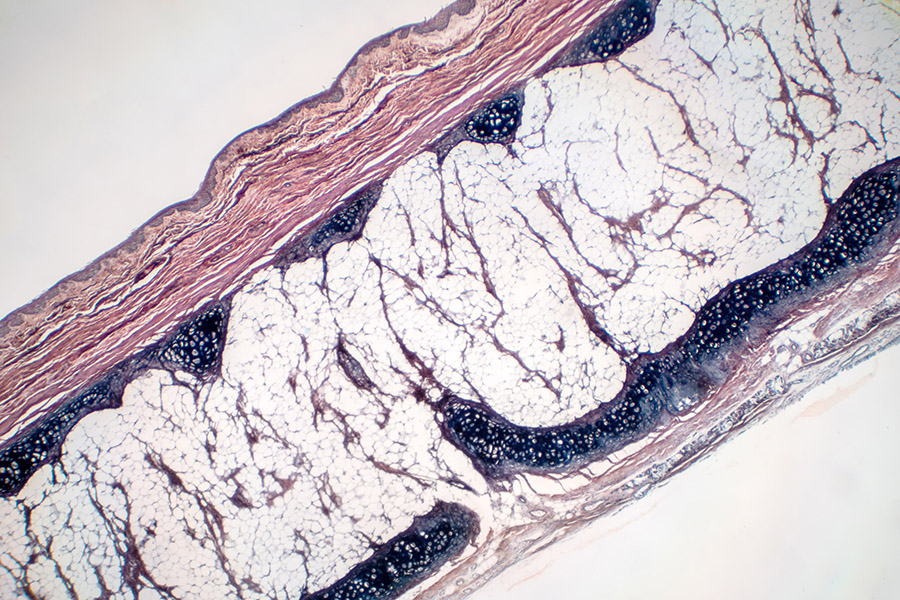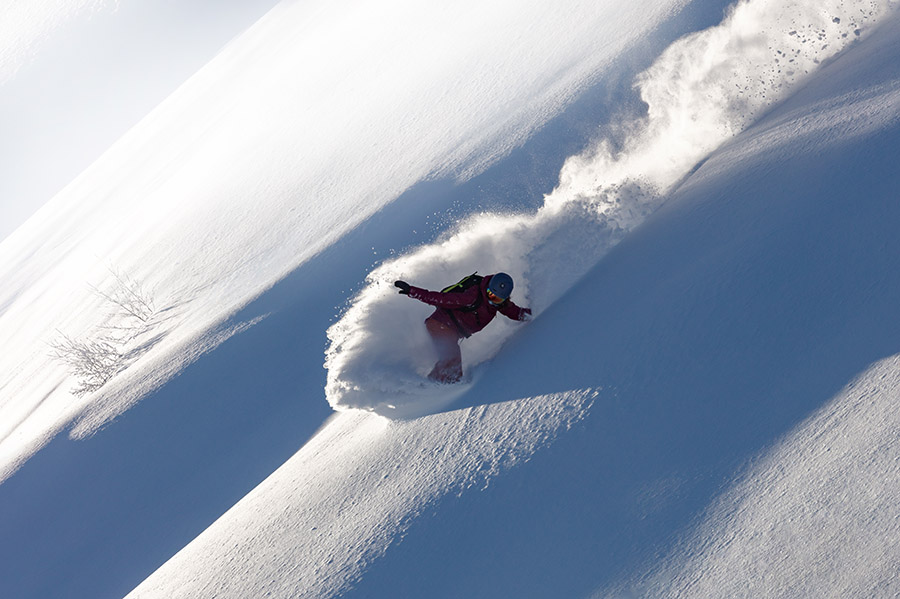

Frozen Shoulder
Frozen shoulder, known medically as adhesive capsulitis, is a condition affecting the shoulder joint that results in stiffness and pain. Throughout its development, the shoulder becomes very difficult to move to nearly immobile. There are several treatment options for frozen shoulders, ranging from home exercises to surgical treatment.
What is a Frozen Shoulder?
Frozen shoulder occurs when the strong connective tissue that surrounds the shoulder joint, called the shoulder capsule, thickens and becomes stiff, inflamed, and tight. Adhesions, which are thick bands of tissue, also develop, and less synovial fluid is often found in the joint itself.
Biceps Tendinitis Symptoms, Causes & Risks
Frozen shoulder symptoms appear in stages and begin slowly, escalating towards a growing inability to move the shoulder and increasing pain. There are three stages:
- Freezing: shoulder pain begins slowly, worsening over 6 weeks to 9 months, and slowly losing range of motion in the shoulder.
- Frozen: Shoulder pain may improve, but the stiffness is still present. This stage lasts between 4 and 6 months, with regular activities becoming increasingly difficult due to lack of shoulder range.
- Thawing: Motion in the shoulder begins to slowly improve, strength returns, and motion increases over 6 months to 2 years.
The cause of frozen shoulder isn’t fully known and there isn’t a direct connection to a person’s job, arm dominance, or hobbies they may pursue. While the direct cause isn’t known, there are risk factors that have been identified:
- Diabetes: frozen shoulder develops far more often in people with diabetes, though for what reason is unknown. Also, for diabetic patients, frozen shoulder seems to give greater stiffness and the freezing stage lasts longer than in people without diabetes.
- Diseases and Conditions: medical issues such as Parkinson’s disease, cardiac disease, hyperthyroidism, and hypothyroidism have been associated with frozen shoulder.
- Reduced Mobility or Immobility: people who’ve had to keep their shoulder immobilized for long periods are at a higher risk, such as those recovering from a rotator cuff injury, a stroke, a broken arm, or from surgery that requires the shoulder to be immobilized.
Frozen Shoulder Treatment and Diagnosis
Frozen shoulder can only be diagnosed by the healthcare provider performing the physical exam, during which they will discuss your symptoms and examine the affected shoulder. During the exam, they will carefully move the shoulder that is frozen to see how much the range of motion is limited and if pain occurs. When another person moves the shoulder, it is called the “passive range of motion” and when the doctor asks the patient to move it themselves, to compare the results, this is called the “active range of motion.” The reason both movements are done is because patients with frozen shoulders should have limited range both actively and passively.
To rule out other potential causes of shoulder pain and symptoms, the healthcare provider may order imaging tests, such as X-ray, MRI, or Ultrasound.
Treatment for frozen shoulder often begins with a conservative approach, meaning non-surgical, such as with home exercises; though, a frozen shoulder can get better in over three years. The focus of treatment is pain management and restoring the strength and range of motion of the shoulder, primarily through exercises and physical therapy:
- Non-steroidal anti-inflammatory medicines, such as ibuprofen
- Steroid injections
- Hydrodilation: a procedure that involves gently injecting a large amount of sterile fluid into the shoulder joint to expand and stretch the shoulder joint capsule. The procedure is performed by a radiologist.
- Physical Therapy: a series of exercises are taught to help loosen the shoulder and restore the range of motion.
- Shoulder arthroscopy: the doctor will cut through tight portions of the joint capsule using pencil-sized instruments through small incisions around the shoulder
- Manipulation under anesthesia: The doctor puts the patient to sleep and forces the shoulder to move, causing the capsule and scar tissue to stretch or tear. This releases the tightening and increases the range of motion without causing the patient to suffer through the procedure.
When surgery is recommended, it is performed during the “freezing” stage, and physical therapy is required as part of care and recovery so that the range of motion achieved via the operation is maintained. Recovery is a slow process and can take between six weeks and three months. While frozen shoulder can reoccur, it is highly uncommon following surgery.
Shoulder Doctors
- Foot and Ankle Orthopedic Surgery
- Knee Orthopedic Surgery
- Shoulder Orthopedic Surgery
- Sports Medicine
- Knee/Foot/Ankle
- Orthopedic Sports Medicine
- Orthopedic Surgery
- Complex Knee
- Shoulder
- Sports Medicine
Request an Appointment
Resources



Orthopedic Round Table
Todd Havener, MD and Howard Barker, MD along with retired Proliance Surgeons Everett Bone & Joint doctor Clay Wertheimer, have discussions on knee, hand and shoulder surgeries.


























